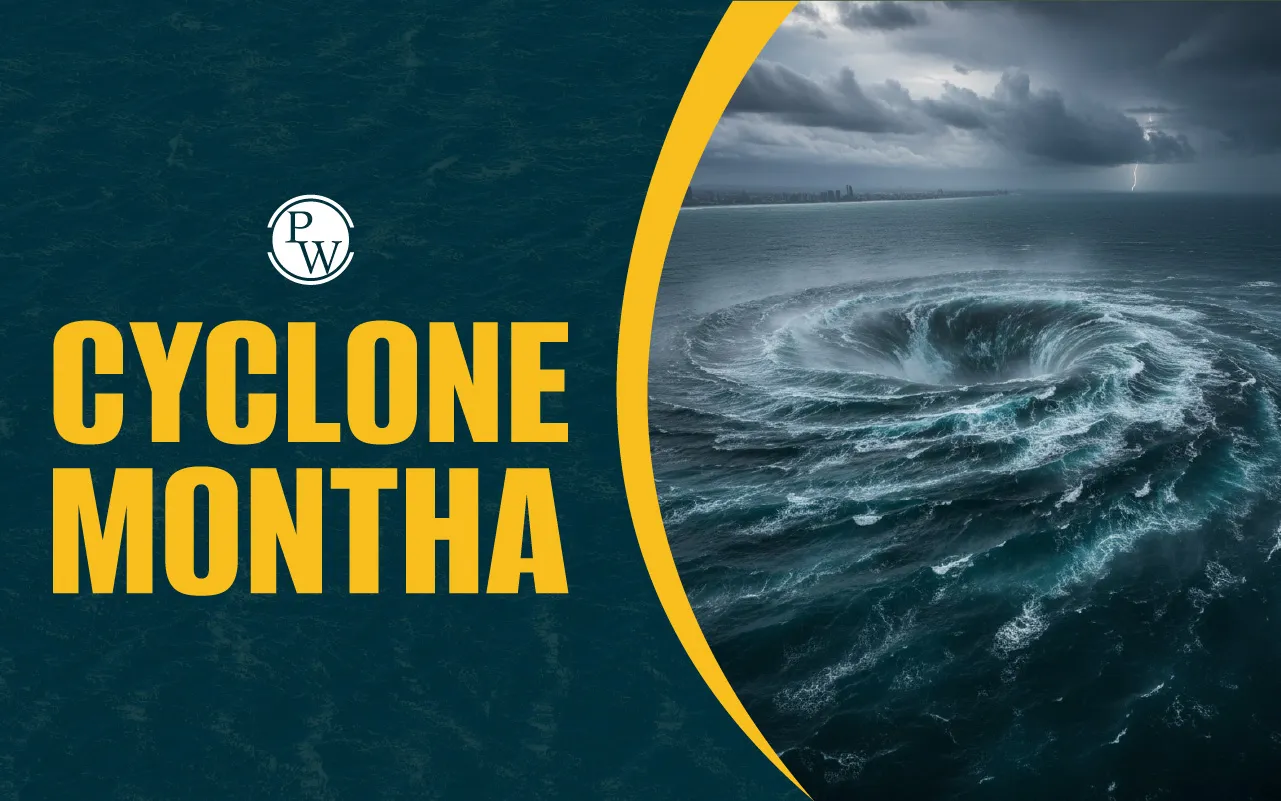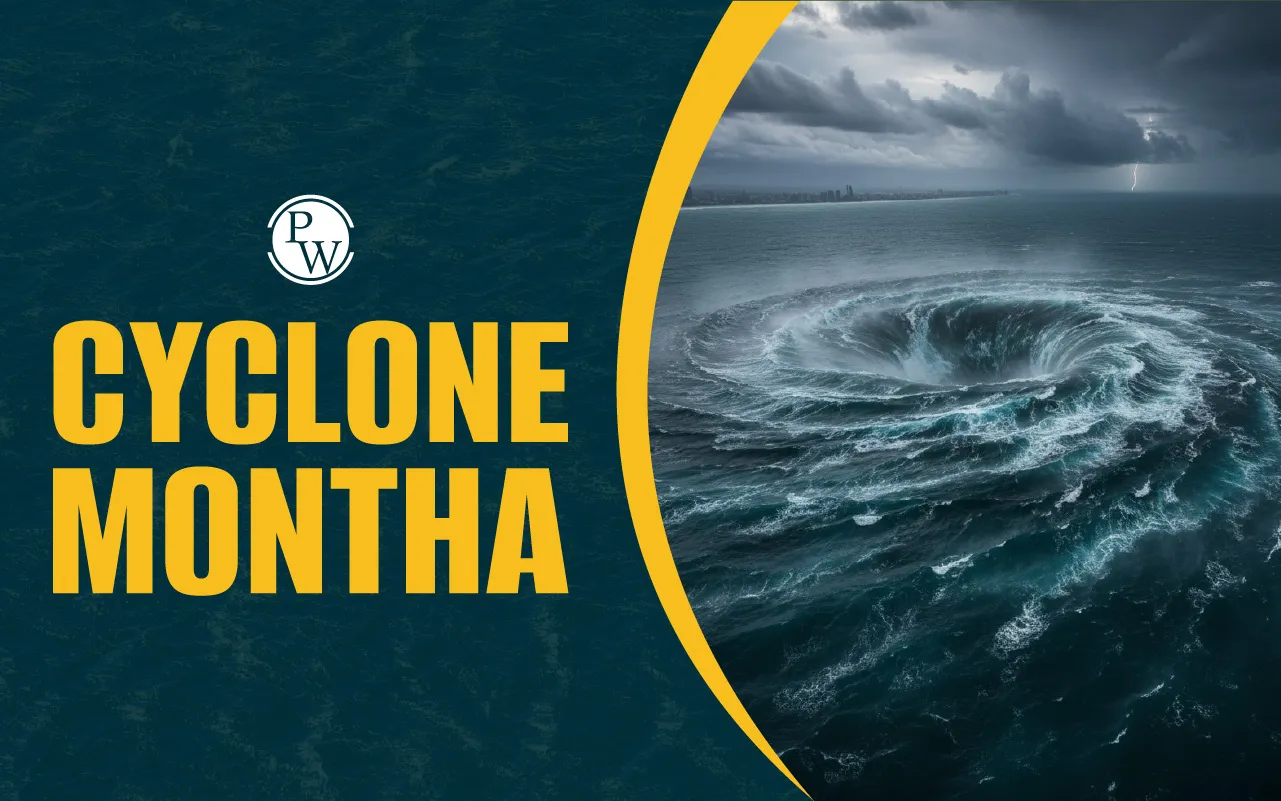

Cyclone Montha started forming over the southeast Bay of Bengal in late October 2025. It is expected to hit the east coast of India, mainly affecting Andhra Pradesh, Odisha, and parts of Tamil Nadu.
The storm has caused serious concern in these states, with the government issuing weather alerts and preparing for strong winds and heavy rain. It is important to understand where the cyclone is moving, how strong it might get, and what safety steps people should take to stay protected.
What is Cyclone Montha?
Cyclone Montha started forming from a low-pressure area over the southeast Bay of Bengal around 24 October 2025, as reported by the India Meteorological Department (IMD). By 26 October, it became stronger with wind speeds of 80–100 km/h, and it may turn into a severe cyclonic storm by 28 October.
The storm is expected to hit land near Machilipatnam and Kalingapatnam, close to Kakinada in Andhra Pradesh, on the evening or night of 28 October. Wind speeds could reach up to 110 km/h, and the sea is likely to be very rough, raising the risk of flooding in low-lying coastal areas.
Cyclone Montha Location and Movement
As of 27 October 2025, Cyclone Montha is over the west-central Bay of Bengal, about 350 km southeast of Kakinada, Andhra Pradesh. The storm is moving north-northwest at around 14 km/h and is expected to hit land near Machilipatnam and Kalingapatnam, close to Kakinada, by the evening of 28 October.
Its effects are already being felt in parts of Tamil Nadu, Odisha, and coastal Telangana, where people are experiencing heavy rain and strong winds.
How Cyclone Montha Formed
Cyclone Montha began as a low-pressure area over the southeast Bay of Bengal on 24 October 2025. It slowly got stronger, turning into a deep depression by 26 October and then a cyclonic storm. Warm sea temperatures, light winds, and plenty of moisture helped it grow. The IMD says it may become a Severe Cyclonic Storm before landfall.
Meaning Behind the Name “Montha”
The name “Montha” was given by Thailand and means “a fragrant or beautiful flower” in Thai. The World Meteorological Organization (WMO) keeps a list of such names suggested by countries. Naming helps people easily identify storms and understand weather warnings clearly.
Cyclone Montha Landfall and Affected Areas
Cyclone Montha hit the coast of Andhra Pradesh late on October 28, between Machilipatnam and Kakinada. The weather department said there will be heavy to very heavy rain in Rayalaseema, Tamil Nadu, Puducherry, Karaikal, and Telangana till tomorrow.
Similar weather is also expected in Coastal Karnataka, East Rajasthan, West Bengal, Gujarat, Jharkhand, Kerala, Mahe, Konkan, Goa, Madhya Maharashtra, North Interior Karnataka, and Vidarbha..
Preparedness and Cyclone Montha Impacts
Before Cyclone Montha hit, the Andhra Pradesh government took early action — people from risky areas were safely moved, relief supplies were stored, and emergency teams were kept ready. Around 1,000 fishing boats were also guided back to safety. The IMD and state agencies shared regular weather updates, while district disaster teams worked to stay alert and ready for rescue.
Cyclone Montha showed how coastal areas are still vulnerable during big storms and why stronger buildings, faster warnings, and better planning are needed. It also reminded everyone that climate change is making such severe storms more common in South Asia.
